
Month: March 2015

News
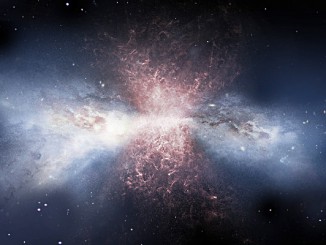
News
Supermassive black hole blasts star-making gas from galaxy’s core
Many galaxies blast huge, wide-angled flows of material outward from their centres, pushing to their outer edges enough dust and gas each year that otherwise would have formed more than a thousand stars the size of our Sun. A team led by University of Maryland scientists has found the driving force behind these massive molecular outflows.

News
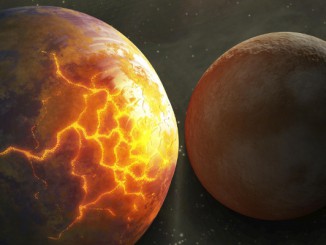
News
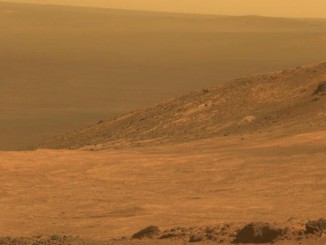
News

Observing
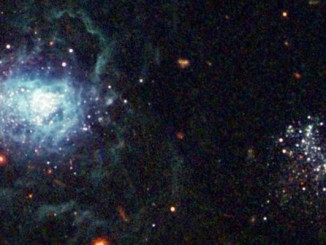
News
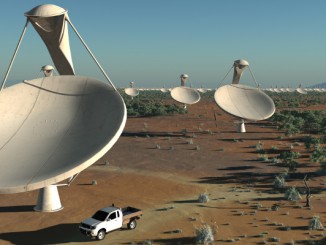
News

News

Observing
